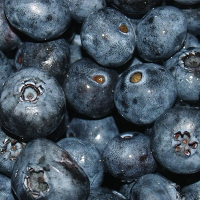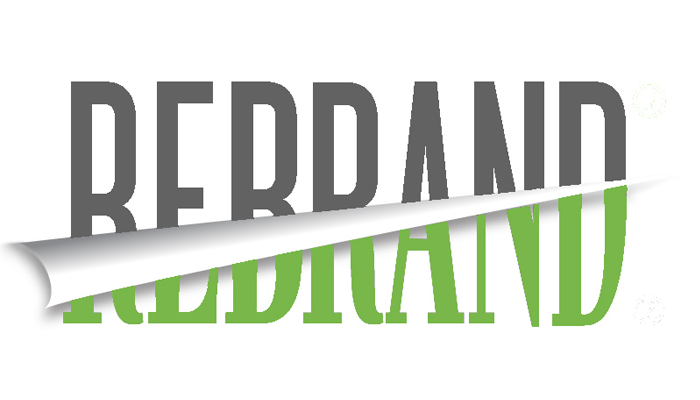For many, 2021 has presented more obstacles to navigate as a farmer. Extreme weather in many parts of the country has taken a toll on crop production, some growers losing fruit that was close to harvest. COVID-19 vaccines are not yet widely available to reach all farmworkers which means growers must plan for another harvest of masks and social distancing. For many US blueberry growers, news that the International Trade Commission voted that no injury has occurred to the domestic blueberry market from imports was unwelcomed. And the “cherry on top” may be Washington State’s looming decision whether agricultural workers are entitled to overtime pay for working more than 40 hours a week.
Now that the bad news is out of the way, here are some 2nd Sight solutions to address these challenges.
Crop Insurance
Using electronic farm labor tracking systems provide accurate yield data per field location. Having searchable, digital records with a few button clicks makes it easy to show just how much crop you lose when bad weather hits your farm. Generating totals by year and specific blocks can help prove your case when you file a claim.
Socially Distanced Harvest
Ditch the punch cards that must be passed back and forth between field boss, picker, and office staff during harvest time. Employees can scan their RFID badges to log pieces or weight with little person-to-person contact with electronic punch card systems.
Decrease Labor Costs
Labor is more expensive in the US compared to many other blueberry producing countries in the world. Boost your bottom line by investing in ways to decrease your labor costs. Start by capturing accurate hours, counts, and weights in the field to minimize overpayments. Continue saving labor in the office with minimal manual data entry and reports that simplify and streamline the payroll process. Although there may be an upfront cost to upgrade and adapt your process, think about it as an investment and analyze the ROI. If you can pay for a system in one to two seasons with the savings, it may be time to adopt new tech.
Recordkeeping
Could you produce accurate records of employee timesheets and hours? How long would it take for you to get these numbers together? Could you identify which workers would be owed back-pay for overtime for the last three years? This is the nightmare that many growers may be facing in Washington State. It is becoming more important to have and maintain records of farm labor. Many know that California is often the first state to adopt more stringent labor laws. For those who do not have to track pieceworker time to pay rest breaks at average piecework rates, you may not be far behind this headache. Start better recordkeeping now to ensure you have all the data you need to meet the labor laws and pay your employees correctly.
Still feeling the blues?
Remember, even Plato realized that, “Necessity is the mother of invention.” The creativity in the specialty crop industry combined with new technology will enable growers to overcome these obstacles. Face 2021 with an attitude of progress and resiliency, and let us know when we can help.
 English
English  Español
Español 

